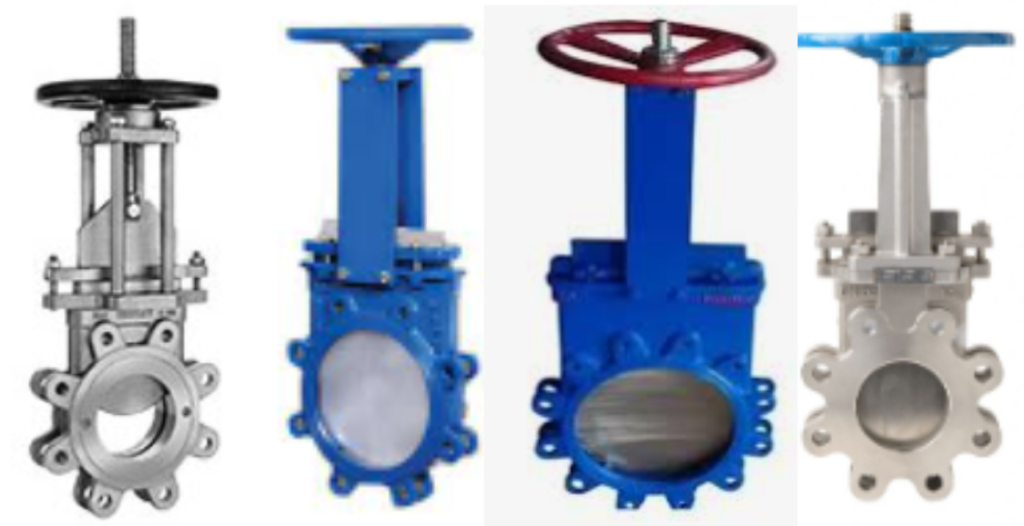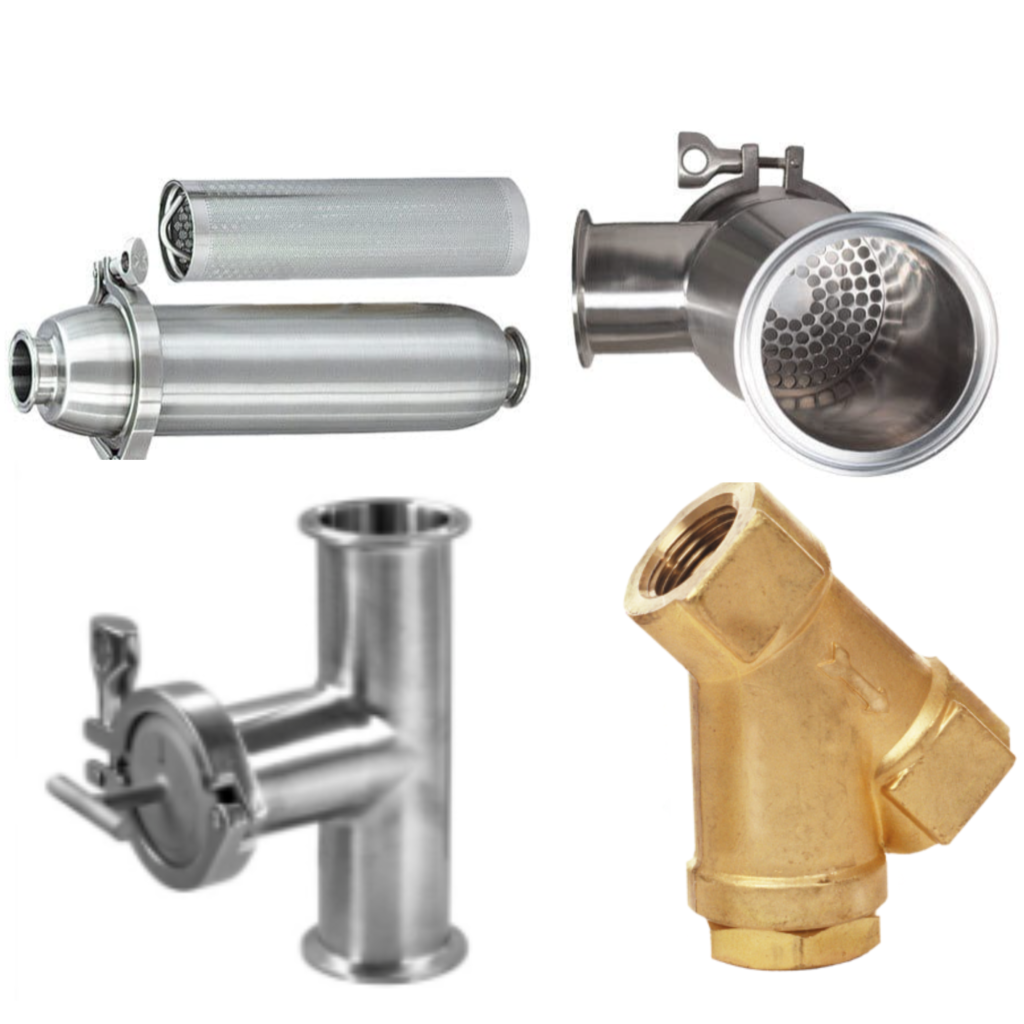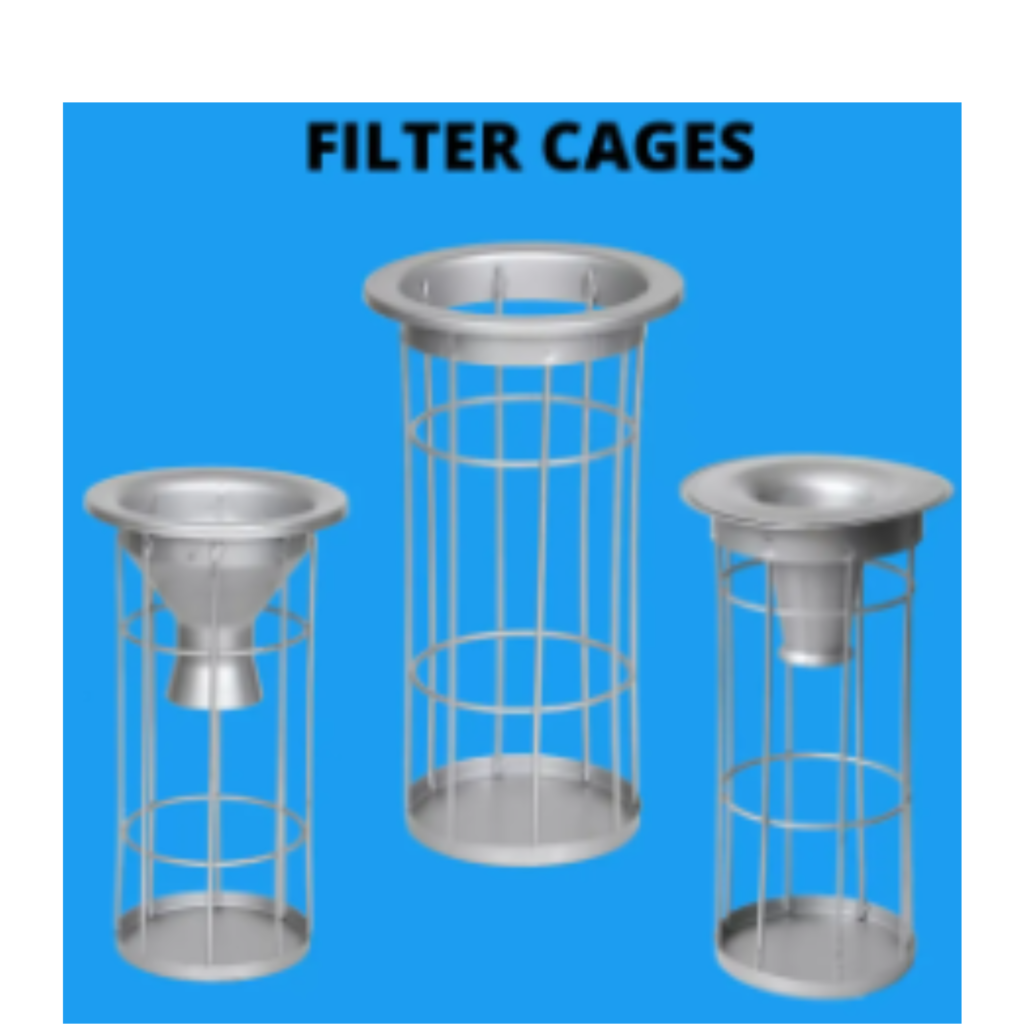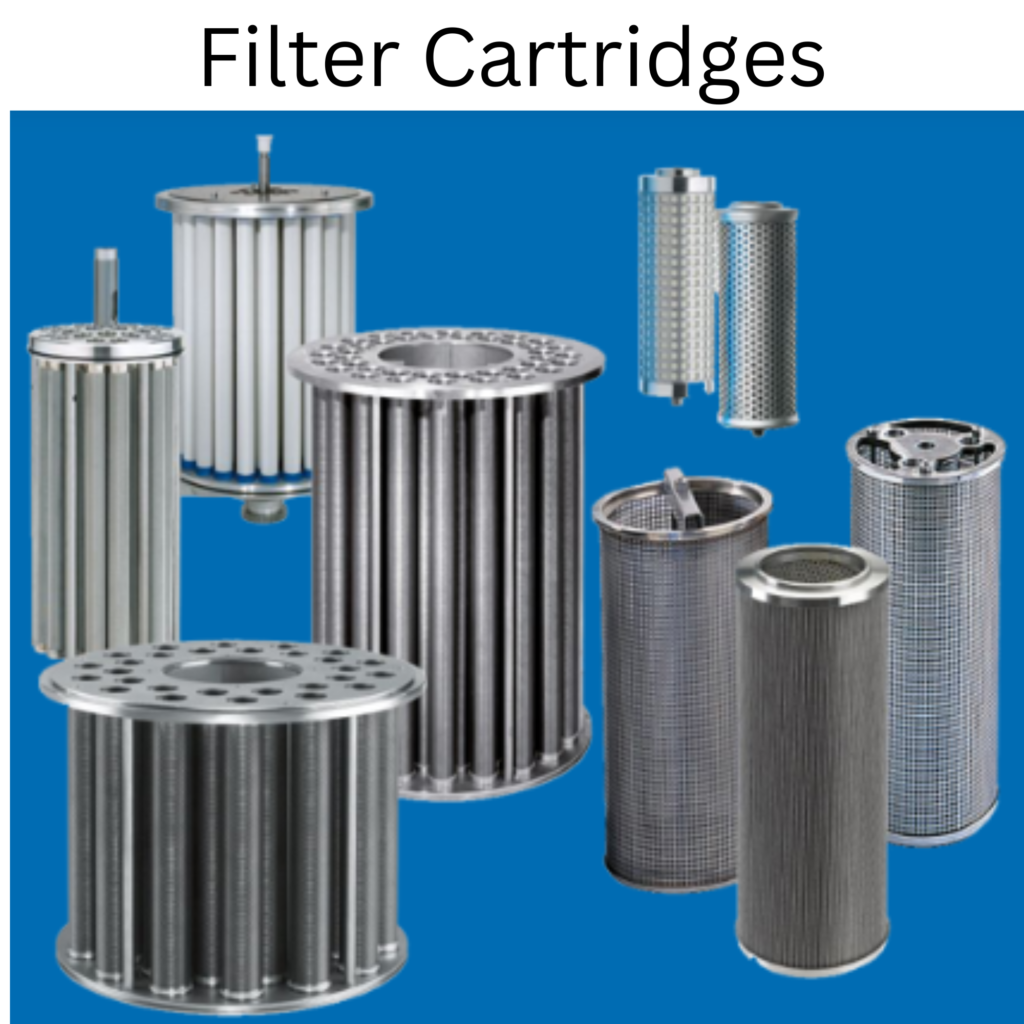SYSTEM COMPONENTS & ACCESSORIES
SYSTEM COMPONENTS & ACCESSORIES are required for various reasons, depending on the context of the system in question.
These components and accessories serve several purposes:
Functionality: Many system components and accessories are essential for the system to perform its intended functions. For example, a computer system requires a central processing unit (CPU), memory modules, storage devices, and input/output peripherals to function properly.
Enhancements: Some components and accessories can enhance the performance or capabilities of a system. For instance, adding a dedicated graphics card to a computer can improve its graphical performance, making it suitable for gaming and graphic design.
Customization: Different users have different needs and preferences. System components and accessories allow users to customize their systems to meet their specific requirements. For example, a photographer may need a high-quality monitor and color calibration tools for accurate image editing.
Maintenance and Repairs: Components and accessories are often necessary for maintaining and repairing systems. When a component fails or becomes outdated, it can be replaced to extend the system’s lifespan.
Expansion: As technology evolves, users may want to expand their systems with new capabilities. Adding components like extra RAM, additional hard drives, or expansion cards can provide additional functionality without replacing the entire system.
Compatibility: Components and accessories are designed to work with specific systems or platforms. Ensuring compatibility is essential for the proper functioning of the system. For example, a smartphone may require specific chargers and cables to work safely and efficiently.
Adaptation to Changing Needs: As the needs of users change, their systems may need to adapt. Components and accessories provide a cost-effective way to modify a system instead of investing in an entirely new one.
Safety and Protection: Accessories like surge protectors, uninterruptible power supplies (UPS), and cooling systems can help protect systems from power surges, overheating, and other potential risks.
Ergonomics and Comfort: Accessories such as ergonomic keyboards, mice, and monitor stands can improve the comfort and productivity of users by promoting better posture and reducing physical strain.
Aesthetics: Some users may want to improve the appearance of their systems. Decorative components and accessories, such as custom cases, LED lighting, and cable management solutions, can enhance the visual appeal of a system.
In summary, SYSTEM COMPONENTS & ACCESSORIES are required to ensure the proper functioning, customization, maintenance, expansion, and adaptability of systems. They can also improve user comfort, aesthetics, and protection, depending on the specific needs and goals of the user or organization.



Keeping SYSTEM COMPONENTS & ACCESSORIES in stock is essential for several reasons, particularly in the context of businesses, organizations, and service providers that rely on various systems. The primary reasons for maintaining stock of components and accessories are as follows:
Maintenance and Repairs: Systems may require maintenance or repairs due to component failures, wear and tear, or technical issues. Having a stock of replacement components on hand ensures a quick response to minimize downtime. This is crucial for businesses that rely on their systems to operate efficiently.
Minimizing Downtime: In professional environments, system downtime can result in significant productivity and financial losses. Stocking components and accessories allows for immediate replacements, reducing downtime and maintaining operational continuity.
Customer Support: Organizations that provide customer support or technical services need to have components readily available for repairing or upgrading customer systems. This helps maintain customer satisfaction and trust.
Compatibility Assurance: As technology evolves, it’s essential to have compatible components available for existing systems. This ensures that when components need to be replaced or upgraded, the replacements are guaranteed to work with the current infrastructure.
Scalability: Businesses that experience growth or fluctuations in demand may need to scale their systems up or down. Having components in stock facilitates easy scaling without the delays associated with procurement.
Customization: Some organizations may offer customized solutions to their clients. Having a range of components and accessories in stock allows for the creation of tailored systems that meet specific requirements.
Emergency Situations: Unexpected emergencies such as equipment failures, natural disasters, or other crises may require immediate access to components for system recovery and continuity of essential operations.
Cost Savings: Bulk purchasing and maintaining inventory can lead to cost savings through negotiated supplier agreements and reduced lead times. This is particularly important for businesses looking to optimize their procurement processes.
Seasonal Demands: Certain businesses, especially in retail, experience seasonal peaks in demand for specific system components and accessories. Maintaining stock ensures they are readily available during these high-demand periods.
Specialized or Hard-to-Find Components: Some components and accessories may be rare, specialized, or hard to obtain. Keeping a stock of these items ensures that they are available when needed, even if they are not readily accessible through standard suppliers.
Competitive Advantage: Having a robust stock of components and accessories can give businesses a competitive advantage by enabling faster responses to customer needs, quicker project turnaround, and efficient system maintenance.
In summary, keeping SYSTEM COMPONENTS & ACCESSORIES in stock is a strategic decision that helps organizations ensure system reliability, minimize downtime, and respond swiftly to customer needs. It can also lead to cost savings and provide a competitive edge in the market.


Keeping only Original Equipment Manufacturer (OEM) or Original components and accessories for machinery, static equipment, and rotary equipment, especially in industrial and critical applications, is a best practice for several specific reasons:
Compatibility: OEM components are designed and tested to be fully compatible with the specific machinery, static equipment, or rotary equipment they are intended for. This ensures that they fit and function correctly, reducing the risk of operational issues or system failures.
Reliability: OEM components are manufactured to high-quality standards and are subjected to rigorous testing and quality control processes. This results in greater reliability, longer lifespan, and reduced chances of premature component failure. In industrial settings, where equipment uptime is crucial, reliability is a top priority.
Performance: OEM components are optimized for the machinery they are designed for, ensuring that the equipment operates at peak performance levels. Using non-OEM or generic components can compromise the efficiency and output of the equipment.
Warranty Support: Manufacturers often offer warranties that cover the entire machinery or equipment when their OEM components are used. Deviating from OEM parts can void these warranties, leaving the owner responsible for repair or replacement costs.
Safety: In industrial and manufacturing settings, safety is paramount. OEM components are designed to meet safety standards and regulations, ensuring that the equipment operates safely. Using non-OEM components can introduce safety risks.
Technical Expertise: Manufacturers and authorized service providers have extensive technical knowledge of their OEM components. They can provide better technical support, troubleshooting, and maintenance services. This expertise is valuable in minimizing downtime and ensuring optimal performance.
Longevity: OEM components are engineered to match the lifespan and longevity of the machinery or equipment itself. Using non-OEM components can result in shorter component lifespans, leading to more frequent replacements and increased maintenance costs.
Compliance: In many industries, regulations and standards require the use of approved, OEM components to meet safety, environmental, and other regulatory requirements. Using non-OEM parts may result in regulatory non-compliance.
Risk Mitigation: Using non-OEM components can introduce various risks, including legal liabilities in the event of accidents or failures. Sticking with OEM components helps reduce these risks.
Resale Value: Machinery and equipment with OEM components typically retain a higher resale value than those with non-OEM or generic components. This is important for businesses looking to sell or upgrade their equipment in the future.
In industrial and critical applications, the reliability, performance, and safety of machinery, static equipment, and rotary equipment are of utmost importance. Using OEM components and accessories helps ensure that these vital systems operate as intended, meet regulatory requirements, and minimize risks associated with equipment failures.
If You Have Specific Inquiries About Mixers And Blenders Or Require Design Services, Please Contact Our Sales Team @ T.E.A.M. Engineer’s Multi-Equipment & Multi-Services Pvt. Ltd. As Soon As Possible. We are here to serve you our better services & delivering best products/equipment.


 Sales & Marketing:
Sales & Marketing:  Service Supports:
Service Supports:  Website:
Website: 
